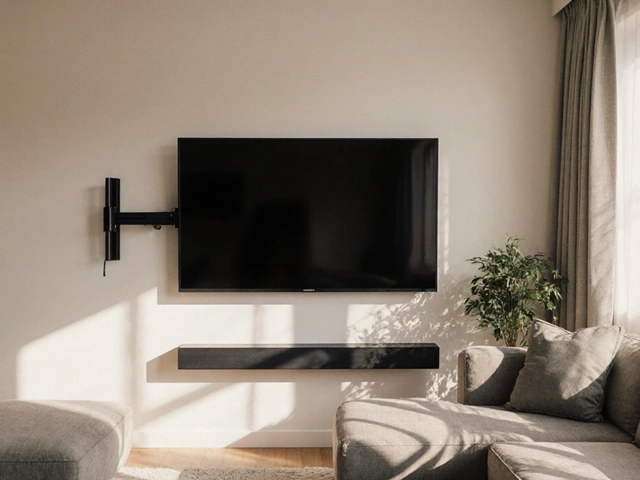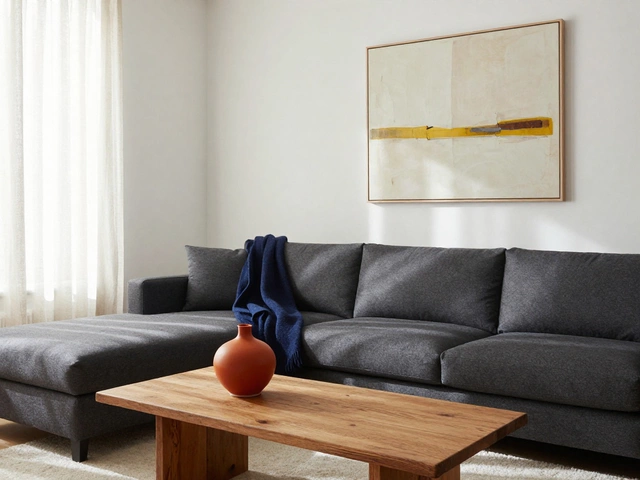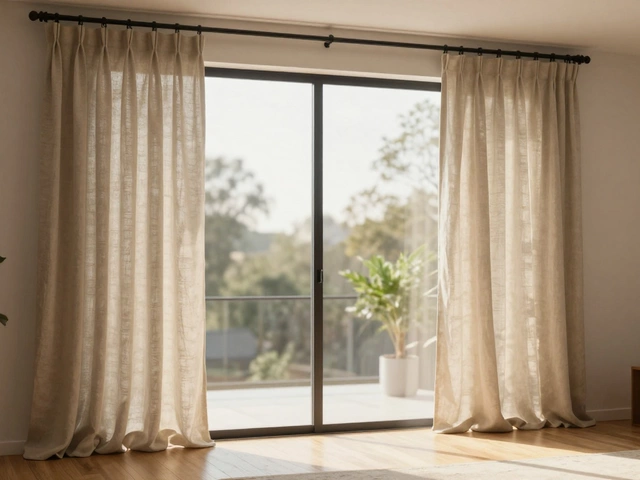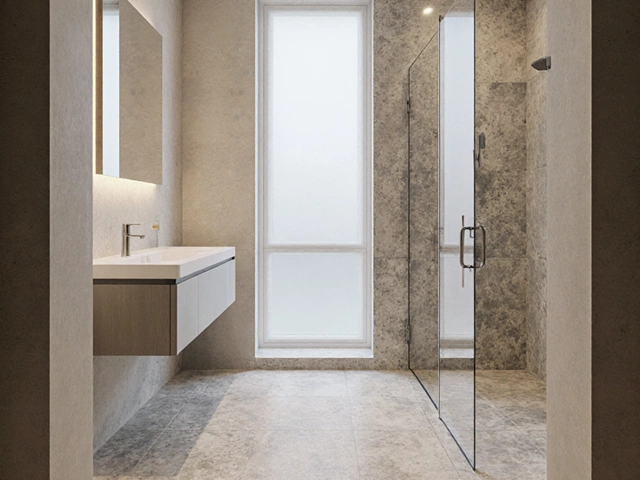Design Career: How to Start, Grow, and Thrive in Interior Design
Ever wondered what it takes to turn a love for style into a paycheck? A design career lets you shape spaces, solve problems, and earn a living doing something you enjoy. The good news is there’s no single path – you can build it step by step, based on what you already know and what you want to learn.
First things first: decide which side of design excites you most. Are you drawn to residential makeovers, commercial spaces, or maybe furniture styling? Knowing your niche helps you pick the right courses, projects, and mentors early on.
Getting Started: Education and Skills
A formal diploma isn’t mandatory, but a solid foundation speeds up progress. Short courses at local colleges, online platforms like Skillshare, and free tutorials on YouTube cover drawing, CAD software, colour theory, and material selection. Pair theory with practice – sketch a room each week, experiment with mood boards, and try free design apps to see ideas come to life.
Beyond tools, soft skills matter a lot. Clients value clear communication, budgeting sense, and the ability to turn vague wishes into concrete plans. Practice explaining your ideas in plain language; it will save you headaches when you start charging for your work.
The most powerful piece of your early career is the portfolio. Even if you’ve only done a few mock‑up projects, showcase the process: brief, concept sketches, material palettes, and final renders. Keep it digital – a clean website or a Behance page is easier for recruiters to browse than a PDF.
Landing Your First Job and Building a Reputation
Internships and assistant roles are the fastest way to get real‑world exposure. Look for small firms in your city that need extra hands on drawings, site visits, or client communication. Even a few weeks on a live project adds credibility to your resume.
When applying, tailor each cover letter to the firm’s style. Mention a project of theirs you admire and explain how your skills match their needs. Recruiters skim quickly, so front‑load your achievements – “Created 3 mood boards that helped win a $50k residential contract” – and back it up with images.Networking doesn’t have to feel like a chore. Attend local design meet‑ups, join Facebook groups for interior designers, and comment thoughtfully on industry blogs. A simple “great article, I loved the colour palette you used” can spark a conversation that leads to a referral.
Once you land a role, soak up everything. Ask to shadow senior designers, volunteer for tasks outside your comfort zone, and keep a notebook of lessons learned. Every site visit, client brief, and material sample is a learning opportunity that will pay off later.
Career growth in design often means specializing. Whether you become a lighting expert, sustainable‑design consultant, or luxury‑home stylist, deeper knowledge opens higher‑paying projects. Consider short certifications – like LEED for green design – to stand out.
Finally, keep your portfolio fresh. Add new projects every few months, update old images with higher resolution, and write brief case studies that explain the problem, your solution, and the outcome. A living portfolio shows you’re active and evolving, which is exactly what hiring managers look for.
Starting a design career blends creativity with practical hustle. Pick your niche, build solid skills, create a portfolio that tells a story, and put yourself out there through internships and networking. Keep learning, stay curious, and watch your design career grow one project at a time.






